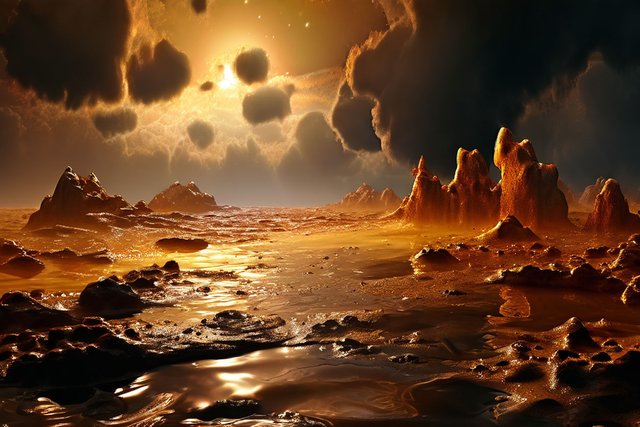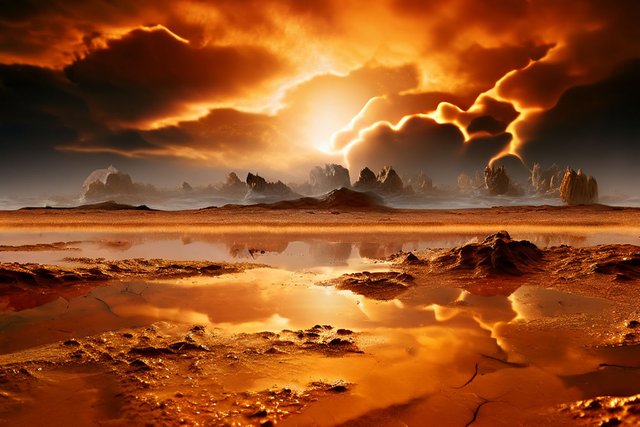New discoveries on the Moon Titan
New discoveries on the Moon Titan

NASA's Cassini spacecraft that unlocked many of the mysteries of Saturn and its moons including the fascinating Titan ended its mission with a dramatic descent to the giant planet in 2017, however, only now is analysis of the voluminous data collected by Cassini during Their 13 years of exploration are revealing intriguing new discoveries about the seas of liquid hydrocarbons on the surface of Titan, the second largest moon in our solar system.

Titan with its 5,150 km in diameter is larger than Mercury and only a little smaller than Ganymede, Jupiter's largest moon, both Titan and the Earth share the peculiarity of having hydrological cycles where liquids evaporate, form clouds and then fall back into the surface, but on Titan this cycle is fueled by liquid methane due to low temperatures.
The images without reference were created with AI Le immagini senza riferimento sono state create con l'intelligenza artificiale
Thank you for visiting my blog. If you like posts about #science, #planet, #politics, #rights #crypto, #traveling and discovering secrets and beauties of the #universe, feel free to Follow me as these are the topics I write about the most. Have a wonderful day and stay on this great platform :) :)
Sort: Trending
[-]
steem.history (78)muted last month
$0.00
Reveal Comment